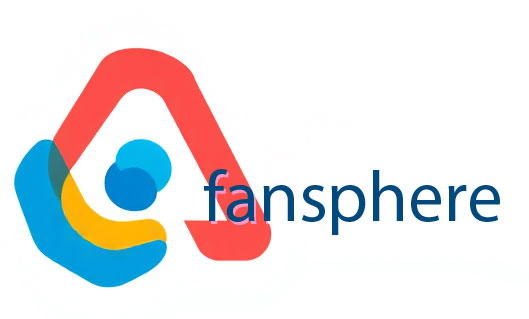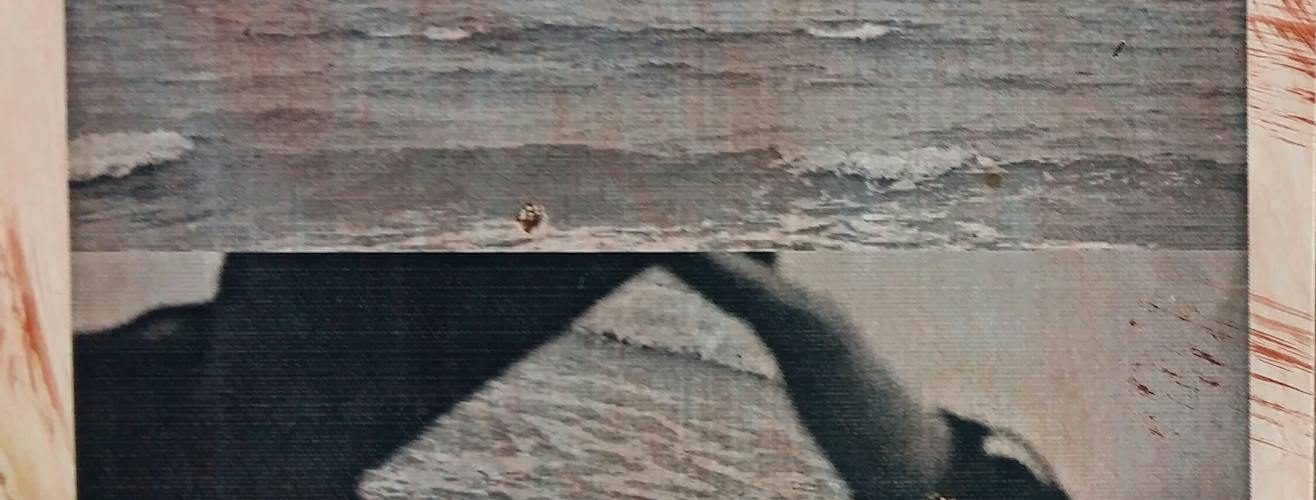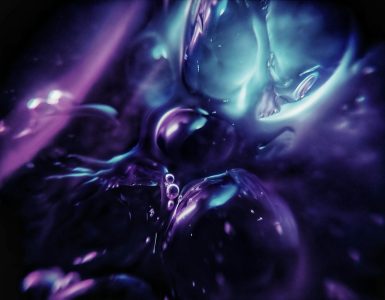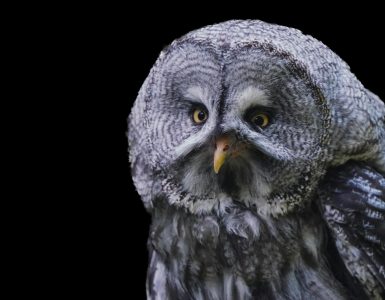We all love a good movie, a catchy tune, or a stunning painting. But how often do we delve beyond the surface, beyond the immediate enjoyment, to uncover the hidden layers and surprising connections within the worlds of entertainment and art? It’s like finding secret passages in a well-loved book – suddenly, the story becomes richer, more meaningful.
The Unexpected Symphony of Sound and Vision
Let’s start with film. Think about how color is used. It’s not just about aesthetics; it’s a powerful storytelling tool. Remember the vibrant, almost hyper-saturated colors of Wes Anderson’s films? They’re not accidental; they contribute heavily to the whimsical, almost dreamlike atmosphere. Conversely, the desaturated, muted palette of films like “Sin City” creates a specific noirish, gritty feel. Color psychology plays a huge, often subconscious, role in shaping our emotional response to a movie.
Music in film is another often overlooked element. Think about the iconic “Jaws” theme. Its simple, repetitive two-note motif is chillingly effective, creating suspense and dread even without showing the shark. John Williams, the composer, masterfully uses silence and subtle shifts in tempo to build anticipation. The music isn’t just background noise; it’s a vital character in the narrative.
And what about sound design? The subtle creaks of a door, the rustling of leaves, the rhythmic tapping of a typewriter – these seemingly insignificant sounds can be incredibly evocative, adding layers of depth and suspense that words alone can’t achieve. Think of the unnerving soundscape of a horror film—it’s often more terrifying than the visuals themselves.
The Hidden Language of Visual Arts
Moving on to visual arts, consider the impact of perspective. The Renaissance masters, like Leonardo da Vinci, revolutionized painting with their use of linear perspective, creating a sense of depth and realism previously unseen. This wasn’t just a technical innovation; it fundamentally changed how we perceived art and the world around us. It shifted from a flat, symbolic representation to a more realistic, three-dimensional portrayal.
Then there’s the fascinating world of symbolism. Think about the ubiquitous use of apples in art history. In some paintings, they represent temptation and the fall from grace (like in many depictions of Adam and Eve), while in others, they signify knowledge or even immortality. The meaning changes based on the context, the artist’s intent, and the viewer’s interpretation. It’s a hidden layer of communication.
Even the seemingly mundane aspects of art can be rich in meaning. Think about the brushstrokes themselves. The loose, expressive brushwork of an Impressionist painting contrasts sharply with the meticulous detail of a Renaissance masterpiece. These choices aren’t arbitrary; they reflect the artist’s style, their philosophy, and their desired effect on the viewer. A quick, visible brushstroke can convey energy and immediacy, whereas a carefully blended stroke might suggest calmness and precision.
Unexpected Connections: Where Art Meets Entertainment
The boundaries between entertainment and art are often blurred. Consider the influence of visual art on film. The bold graphic style of graphic novels frequently inspires filmmakers, as seen in films like “Sin City” and “300,” which directly translate the comic book panels onto the screen. Similarly, many movies draw inspiration from paintings and sculptures, echoing their composition, color palettes, and themes. The cinematography often reflects the artistic style of a particular era or movement. Jenseits der Oberfläche: Unerwartete Geheimnisse in Unterhaltung und Kunst
Music, too, crosses boundaries. Composers frequently draw inspiration from visual art, and vice versa. The vibrant colors and dynamic compositions of a Kandinsky painting might inspire a musical score, while the complex harmonies of a Bach fugue might inspire a sculptor’s intricate design. The creative process is often a feedback loop, with different art forms influencing and enriching one another.
Furthermore, consider the role of mythology and folklore in both art and entertainment. From the ancient Greek myths that inspired countless paintings and sculptures to the modern-day superhero narratives that dominate our screens, these stories speak to fundamental human experiences and anxieties. They provide a framework for understanding our world and our own place within it, offering both comfort and challenge. Many modern movies and TV shows borrow heavily from mythology, reinterpreting ancient stories for contemporary audiences.
Even seemingly disparate art forms connect in unexpected ways. The rhythmic structure of a poem might resonate with the rhythmic patterns of a musical piece, or the emotional intensity of a painting might be mirrored in the dramatic arc of a film. These connections, though often subtle, add another layer of richness and depth to our appreciation of art and entertainment.
Beyond the Surface: A Call to Deeper Engagement
The next time you watch a movie, listen to music, or stand before a painting, take a moment to look beyond the surface. Consider the choices the creators made, the underlying symbolism, the hidden meanings, and the subtle connections to other art forms. By doing so, you’ll unlock a deeper level of appreciation and understanding, transforming a simple act of entertainment into a richer, more meaningful experience. The world of art and entertainment is far more complex and interconnected than we often realize, a vast and fascinating landscape waiting to be explored.
























Kommentar hinzufügen